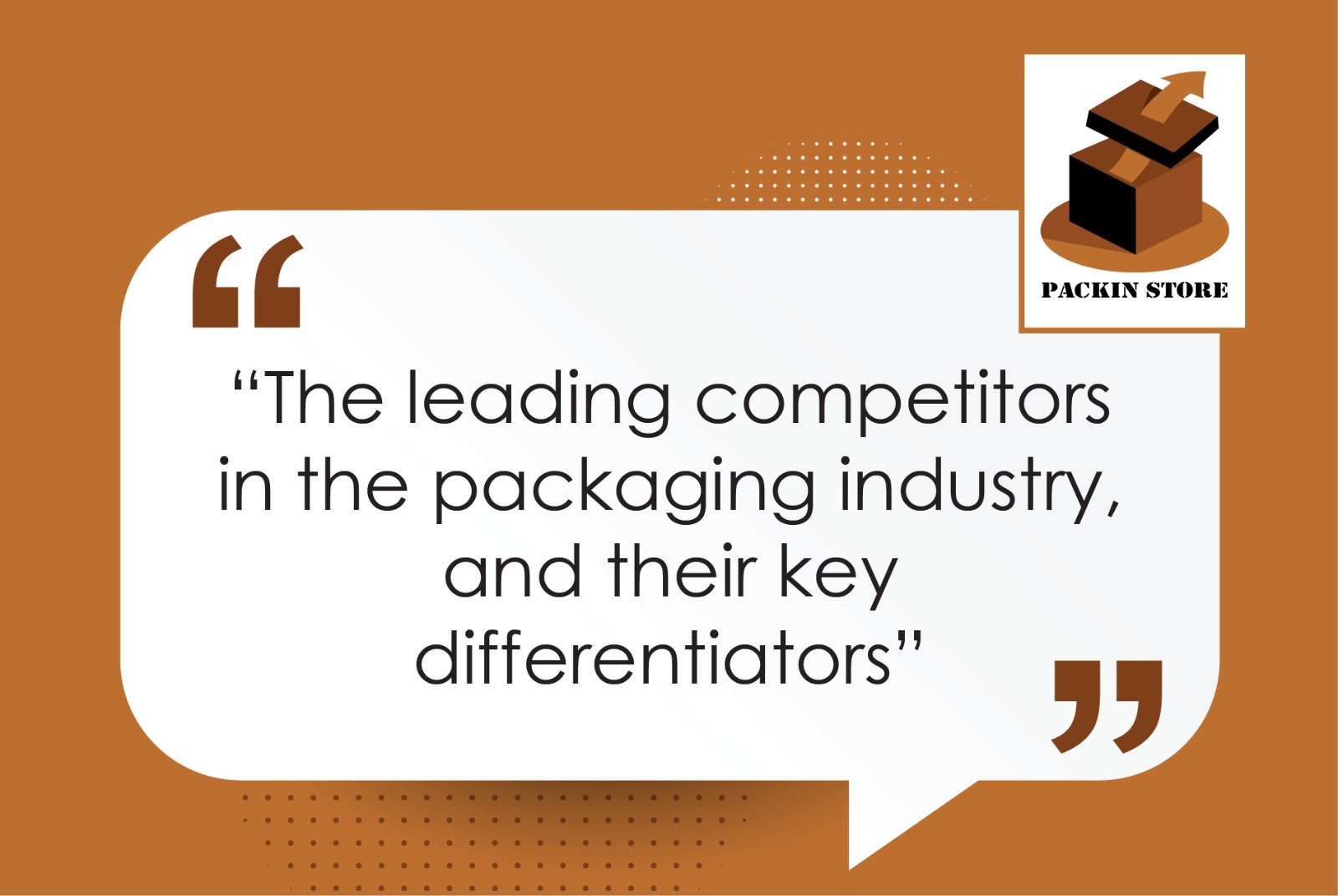Packaging is more than just a protective layer for products; it plays a crucial role in shaping consumer perceptions, influencing purchasing decisions, and driving brand loyalty. As the packaging industry evolves, understanding what factors influence customers’ choices and how different demographics value packaging can provide invaluable insights for businesses. This article explores key factors influencing packaging choices, the impact of consumer perceptions on purchasing decisions, and how packaging affects brand perception and loyalty.
Key Factors Influencing Customers’ Choices in Packaging
1. Sustainability
In recent years, sustainability has emerged as a significant factor in packaging decisions. Consumers are increasingly aware of environmental issues and prefer packaging that reflects their values. Sustainable packaging encompasses various elements, such as recyclable materials, biodegradable options, and minimalistic designs that reduce waste. Brands that prioritize eco-friendly packaging often enjoy enhanced brand loyalty and appeal to a growing segment of environmentally-conscious consumers.
2. Cost
Cost remains a critical factor influencing packaging decisions. For businesses, packaging must balance cost-effectiveness with quality. While sustainable materials may come at a higher price, the long-term benefits—such as reduced environmental impact and improved brand image—often outweigh initial costs. Consumers are also sensitive to packaging costs, especially when the cost of the final product is a deciding factor in their purchasing decision.
3. Design
Packaging design plays a pivotal role in attracting consumers. The visual appeal of packaging, including color, shape, and graphics, can significantly impact a consumer’s first impression. Effective packaging design not only captures attention but also communicates the brand’s identity and product benefits. A well-designed package can make a product stand out on crowded shelves or enhance the unboxing experience in e-commerce.
4. Functionality
The functionality of packaging is crucial for ensuring a positive user experience. Packaging must be practical, offering ease of use, protection, and convenience. For instance, resealable packaging for food products extends shelf life and reduces waste, while easy-to-open packages cater to consumers seeking convenience. In e-commerce, packaging must be durable enough to protect products during transit and designed for easy unpacking.
Consumer Perceptions and Purchasing Decisions
Food and Beverage Sector
In the food and beverage sector, packaging perceptions are closely linked to product quality and safety. Consumers often associate high-quality packaging with premium products, and attractive packaging can enhance the perceived value of food and drinks. Eco-friendly packaging also plays a significant role in this sector, as many consumers are motivated by environmental concerns and prefer brands that align with their sustainability values.
For example, a study found that 74% of consumers are willing to pay more for products with sustainable packaging. This trend is particularly evident in organic and health-focused food products, where packaging not only preserves freshness but also reflects the product’s eco-friendly credentials.
E-Commerce Sector
In e-commerce, packaging impacts purchasing decisions through both practicality and presentation. With the rise of online shopping, the unboxing experience has become a crucial aspect of consumer satisfaction. Well-designed packaging that protects products during transit and offers an engaging unboxing experience can lead to positive reviews and repeat purchases.
Additionally, packaging in e-commerce often serves as a brand’s first physical touch point with the consumer. As such, it must reflect the brand’s identity and values while ensuring functionality. Brands that deliver on both fronts often enjoy higher customer satisfaction and increased loyalty.
Packaging Attributes Valued by Different Demographics
Millennials
Millennials, who value sustainability and personalization, often prioritize packaging that aligns with their eco-conscious mindset and desire for unique experiences. They are drawn to packaging that uses recyclable or biodegradable materials and features innovative designs that stand out. Millennials are also more likely to engage with brands that offer customization options, allowing them to tailor packaging to their preferences.
Moreover, this demographic values transparency and authenticity. Packaging that clearly communicates the product’s benefits and the brand’s values tends to resonate well with millennials. Social media also plays a significant role, as visually appealing and shareable packaging can enhance brand visibility and attract this age group.
Baby Boomers
Baby boomers tend to prioritize practicality and ease of use when it comes to packaging. They value functionality, such as clear labeling and straightforward opening mechanisms, which enhance the user experience. While sustainability is also important to this demographic, it may not be as prominent a factor as it is for younger generations.
Design preferences for baby boomers often lean towards classic, straightforward aesthetics rather than trendy or overly complex designs. Clear and legible information on packaging is crucial for this group, as it helps them make informed purchasing decisions and ensures ease of use.
Packaging’s Influence on Brand Perception and Loyalty
Brand Perception
Packaging plays a significant role in shaping brand perception. The quality, design, and sustainability of packaging can influence how consumers view a brand. High-quality packaging can create a sense of luxury and reinforce a brand’s premium positioning, while innovative or unique packaging can set a brand apart from competitors.
Conversely, poor packaging can negatively impact brand perception, suggesting lower product quality or a lack of attention to detail. Brands that consistently deliver on packaging expectations are more likely to build a positive reputation and foster trust with consumers.
Brand Loyalty
Packaging can significantly impact brand loyalty by enhancing the overall customer experience. A positive experience with packaging—such as a well-designed unboxing experience or convenient functionality—can lead to increased customer satisfaction and repeat purchases. Additionally, sustainable and ethical packaging practices can strengthen brand loyalty among environmentally-conscious consumers.
Brands that invest in packaging innovation and maintain a strong alignment with consumer values are more likely to cultivate long-term loyalty. Consistent and thoughtful packaging helps reinforce brand identity and creates a lasting impression, making consumers more likely to choose the same brand in future purchases.
Conclusion
Packaging is a powerful element that influences consumer choices, shapes brand perception, and drives loyalty. Key factors such as sustainability, cost, design, and functionality play crucial roles in determining packaging preferences. Understanding the values and expectations of different demographics allows brands to tailor their packaging strategies to meet diverse consumer needs. As packaging continues to evolve, businesses that prioritize innovation, sustainability, and consumer experience will be well-positioned to succeed in a competitive market.



